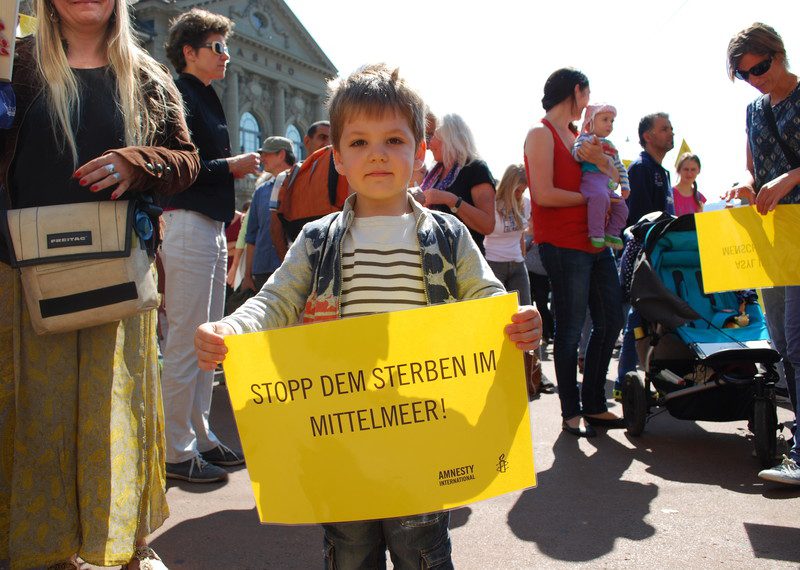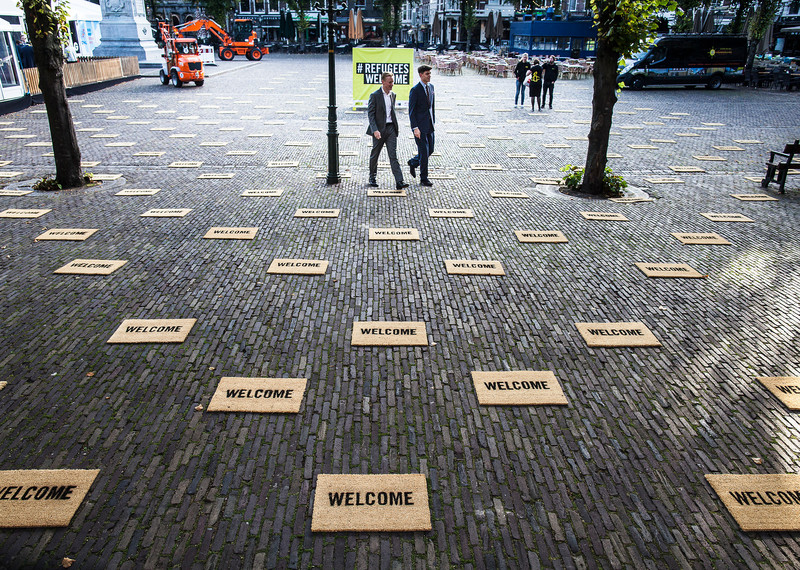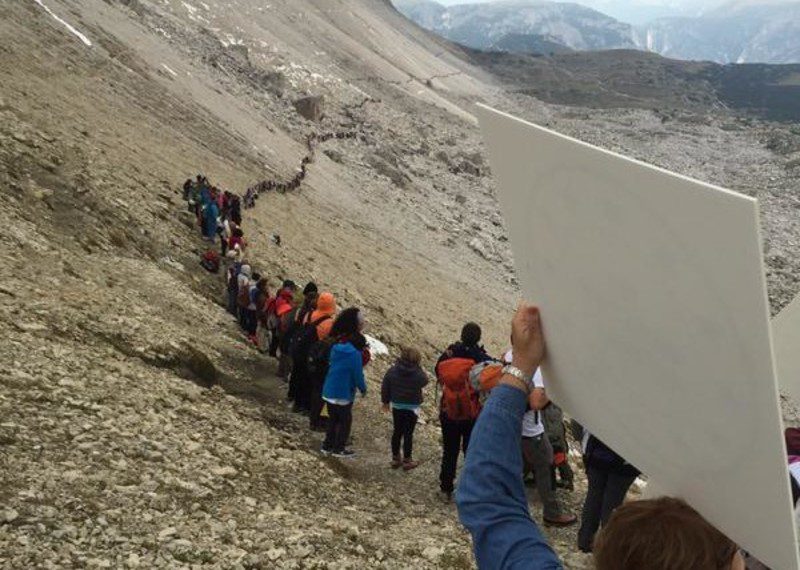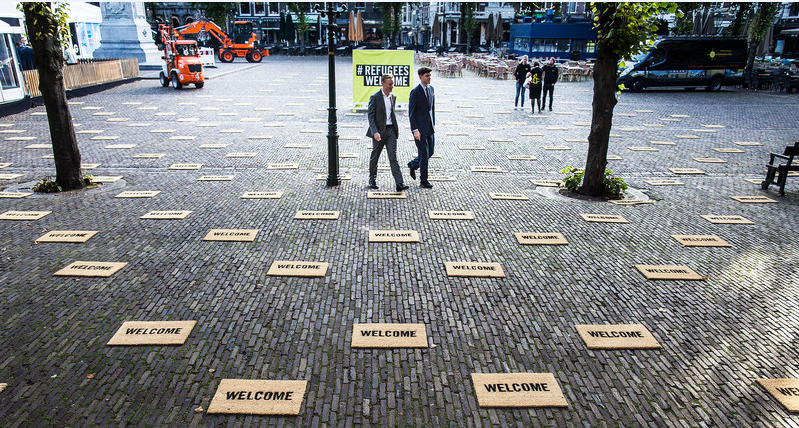The world refugee crisis has led civil society to mobilise, and initiatives calling for greater support to refugees have multiplied across countries. But at the same time, there have been increasing demands, especially from schools on how to work on this issue, asking how to discuss it with young people, or with students.
Based on the recommendations of our global human rights education network, we have compiled a list of educational resources that explain the rights of refugees.
Teachers, educators, facilitators or anyone that wishes to learn more about refugees can use these materials produced by Amnesty International and other organisations.

Seeking Safety and Time to Flee
By drawing parallels between the lives of primary school children and those of refugees, the two resources aim to create a feeling of global interconnectedness among pupils. Seeking Safety is designed for use with eight to 12 year olds. It features eight interactive activities to understand why people flee their country, and debunk the myths and stereotypes often associated with people seeking asylum. Time to Flee is for 11 to 16 year olds. Through fictional stories it addresses why people seek asylum and the difficulties they can face when they have to settle in a new country.
Teachers and educators can also use the primary and secondary school packs containing a lesson plan on refugees.
– From Amnesty International UK
Against All Odds
Against All Odds is an educational online game that shows what it’s like to flee a country. As they play, gamers plunge into the world of a virtual character where they have to build a new life in a different country after they escape conflict. The game is built on facts and short films, and comes with a teacher’s guide that includes exercises and discussion topics. It is available in 12 languages.
– From The United Nations High Commissioner for Refugees

Fleeing Syria
This is an online activity where Yara, Nabil and Ghassan tell the story of how they fled from Syria to resettle in a new country (in Norwegian only). Each case study is composed of short video clips and information on Norwegian and European refugee policies and international law. Two sets of materials are available with suggestions for practical exercises and activism for 13 to 16 and 16 to 19 year olds.
– From Amnesty International Norway
Over Under Sideways Down
“Ebrahim is a teenage refugee, he did not choose to bid farewell to his mother for the last time and he certainly did not choose to take the long journey to be granted asylum in the UK.”
This comic book story depicts the journey of 15 year old Ebrahim as he embarks on a journey for a safer life. The comic strip images serve as an introduction for the discussion topics and activity ideas in the resource pack.
Teachers and educators can also search through a set of interactive resources.
– From the British Red Cross

Refugee Week
Using fiction to bring real stories to life, this movie analysis resource makes five films on the theme of migration the starting point of a discussion on refugees (including An American Tail, The Kite Runner and The Terminal). The resource pack comprises discussions ideas, activities and questions for teachers to use with five to 19 year olds.
Teachers and educators can also search through a set of interactive resources.
– From UK Refugee Week
Aids for Students
These lesson modules help teachers to integrate the topic of refugees into different subjects of the curriculum, such as Art, History, Geography, Civic Education, Human Rights or Language and Literature. The modules target students from three different age groups: 9 to 11; 12 to 14; 15 to 18 year olds, to develop an understanding of the asylum process within a human rights context. They include lesson plans, teaching methods and learning strategies.

The Enemy, a Book about Peace
“The enemy is there but I have never seen him. Every morning, I shoot at him. Then he shoots at me. We both stay hidden the rest of the day, waiting.” Davide Cali, 2009
This children’s book tells the story of two soldiers who keep fighting each other because the manual they received tells to do so. This tale can be used as a conversation starter to discuss the concept of “our enemy” and the importance of getting to know each other.
Teachers and educators can use the lesson plan with the book, available in English and in Hungarian.
– From Amnesty International Australia and Amnesty International Hungary
Teaching about Refugees
Based on field trips to Lebanon and Jordan, this set of six curriculum units and lesson plans for 11 to 13 year olds provide historical background and case studies on refugees. The units also show how creative activities such as music or video making with students can serve as a medium to raise awareness and communicate a message on this topic.
– From Georgetown University



